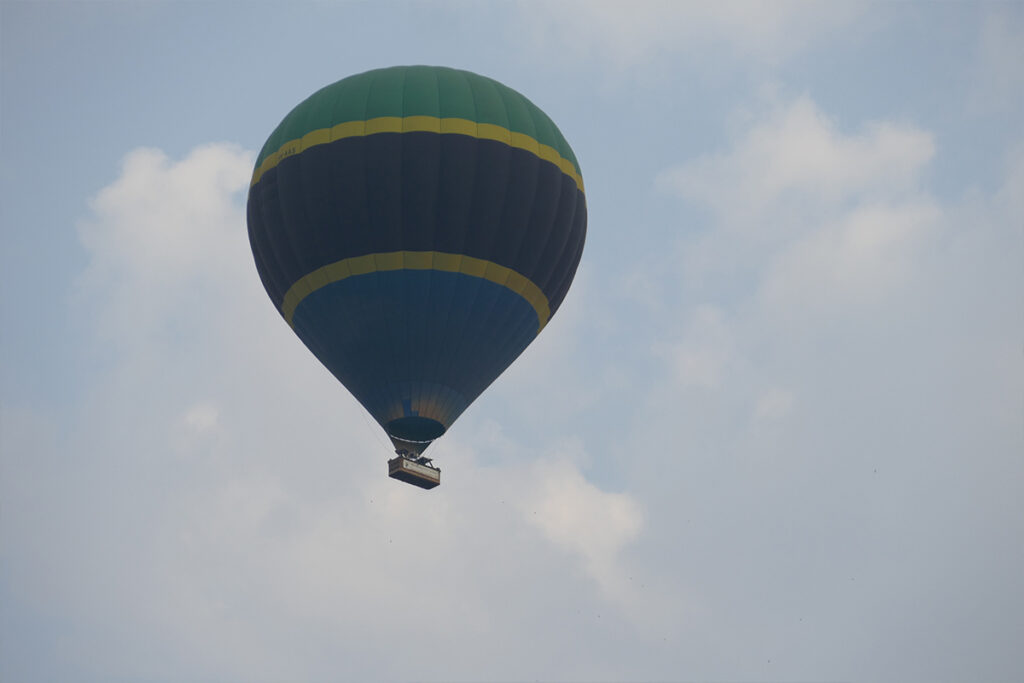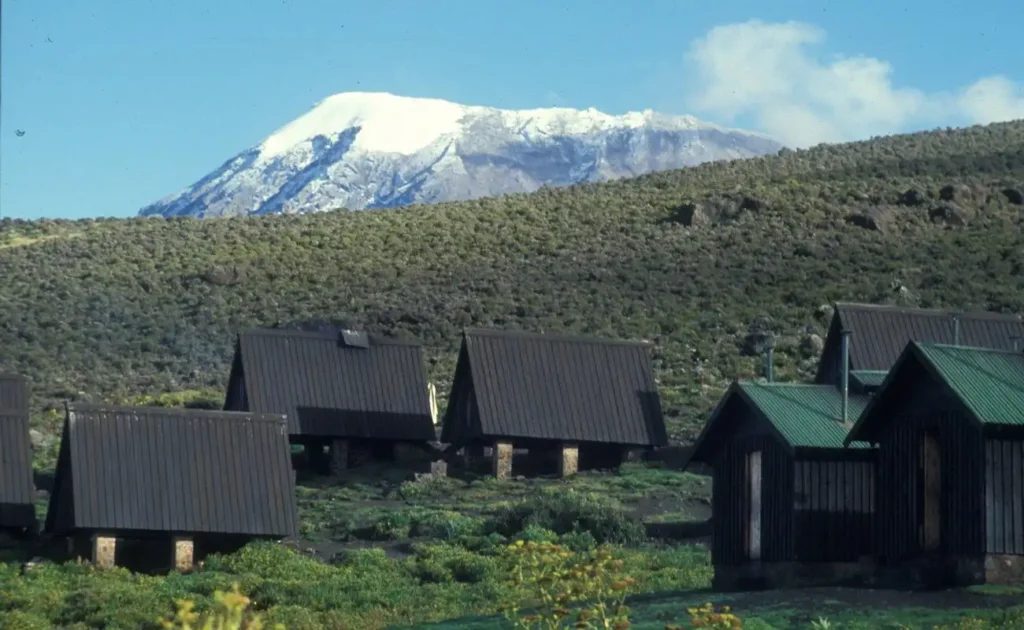Setting foot on the slopes of Kilimanjaro, did you know that only about 65% of those who attempt the climb actually reach the summit? This daunting statistic underscores the importance of preparation and having the right insights. As experts know, success is largely dependent on one’s approach to altitude, endurance, and mental resilience.
The history of trekking Mount Kilimanjaro is rich, dating back to the first successful ascent in 1889 by Hans Meyer and Ludwig Purtscheller. Being aware of the mountain’s five climatic zones helps trekkers anticipate various weather conditions and tailor their gear accordingly. Additionally, studies have shown acclimatization strategies, such as the ‘walk high, sleep low’ principle, significantly enhance summit success rates and reduce the risk of altitude sickness.

Trekking Tips: Essential for Your Kilimanjaro Climb
Climbing Mount Kilimanjaro is not just about physical strength. Proper preparation involves understanding the diverse weather conditions you’ll encounter. The mountain has five climatic zones, each demanding different gear and clothing. It’s crucial to be ready for anything from tropical heat to freezing alpine conditions. Ensuring you have the right equipment for each zone will help you stay comfortable and safe.
One of the key factors in a successful climb is acclimatization. Spending extra days on the mountain can help your body adjust to the higher altitudes. Following the ‘walk high, sleep low’ principle can reduce the risk of altitude sickness. This means trekking to higher elevations during the day but sleeping at lower altitudes. This strategy boosts your chances of reaching the summit.
Altitude sickness is a major concern for trekkers. It can turn a dream climb into a nightmare if not managed properly. Symptoms include headaches, dizziness, and nausea, which can be severe. Staying hydrated, taking it slow, and recognizing early signs are important. If symptoms worsen, descending to a lower altitude is vital.
Physical conditioning is another essential component of your preparation. Building endurance through regular exercise can greatly enhance your trekking experience. Cardiovascular workouts, strength training, and hiking with a backpack can make a big difference. Be sure to focus on both your legs and core muscles. This physical readiness helps you handle the challenges of the climb with confidence.
Top Tips for Kilimanjaro from a Professional Guide!
Preparing for Various Weather Conditions on Kilimanjaro
Mount Kilimanjaro’s weather can be unpredictable due to its multiple climatic zones. At the base, you may encounter tropical conditions with high humidity. As you ascend, temperatures can drop drastically, sometimes below freezing. Having the right clothing for these drastic changes is critical. Dressing in layers, such as moisture-wicking shirts, insulating jackets, and waterproof outerwear, allows you to adjust easily as conditions change.
Being aware of the weather forecast before you set out is very important. Knowing not just the temperature but also wind conditions can make a huge difference in your trek. Reliable sources, like local guides and weather apps, provide updated information. Checking these before heading out each day can help you pack appropriately. It’s better to be over-prepared than caught off guard by rapid weather shifts.
Choosing gear that fits the climate zones is a strategic part of your preparation. For instance, sunglasses and sunblock are essential in the lower zones. Rain gear becomes necessary as you climb higher. Once you reach the alpine desert zone, warm gloves and hats are vital to combatting the cold. It’s helpful to use a checklist to ensure you pack everything needed for each zone.
Quick adjustments can mean the difference between comfort and misery. Knowing how to layer effectively can help you maintain the right body temperature. It’s a balancing act of staying warm without overheating. Additionally, protecting electronics with waterproof bags is a smart move. A well-prepared climber enjoys the journey more and focuses less on discomfort.
Importance of Acclimatization Strategies in Kilimanjaro Trekking
Acclimatization is a vital part of a successful Kilimanjaro trek. As you climb higher, your body requires time to adjust to the reduced oxygen levels. Failing to acclimatize properly could lead to altitude sickness, making it harder to reach the summit. Strategies like ‘pole pole’, which means ‘slowly slowly’, can help. Taking your time allows your body to adapt gradually to the altitude changes.
Adding extra days to your trek can significantly improve acclimatization. This practice gives you more time to adjust at different elevations. It may increase the cost of your trek, but it’s a wise investment. Studies have shown that those who take additional days have higher success rates in reaching the top. Longer itineraries can ultimately enhance your overall trekking experience.
Another effective strategy is the ‘climb high, sleep low’ principle. By trekking to a higher point during the day and descending to sleep at a lower altitude, you help your body adjust better. This method improves oxygen efficiency. Many professional guides recommend this practice for better acclimatization. It reduces the risk of serious altitude-related illnesses.
Listening to your body is perhaps the most important advice of all. Recognizing early signs of altitude sickness, like headaches or dizziness, can prevent severe consequences. Having a medically trained guide can also help monitor symptoms. Bringing medications like diamox, with a doctor’s advice, can be beneficial. Being prepared and informed makes your trek safer and more enjoyable.
Understanding Altitude Sickness and How to Prevent It
Altitude sickness, also known as acute mountain sickness (AMS), can occur when you travel to high altitudes quickly. The main cause is a lack of oxygen, which your body isn’t used to. Symptoms can range from mild to severe, including headaches, nausea, and difficulty sleeping. Recognizing these signs early is crucial for a safe trek. If ignored, it can escalate to more serious conditions like high-altitude pulmonary edema (HAPE) or high-altitude cerebral edema (HACE).
Prevention starts with proper acclimatization. Ascending slowly is key, allowing your body to adjust to the lower oxygen levels. Taking rest days at higher elevations helps in adjusting better. This approach is commonly supported by experienced trekkers and guides. Following the ‘climb high, sleep low’ technique can also aid in acclimatization.
Hydration plays a significant role in preventing altitude sickness. Drinking plenty of water helps keep your body functioning well. Dehydration can worsen symptoms, so aim to consume 3-4 liters of water daily. You can also include beverages like herbal tea. Avoid alcohol and caffeine, as they can contribute to dehydration.
Medications can be a useful backup plan. Drugs like acetazolamide (Diamox) are often recommended to help prevent AMS. It’s essential to consult with a healthcare provider before taking any medication. Also, having a well-equipped first aid kit is vital. This kit should include oxygen and other emergency supplies.
Understanding your body’s signals is critical. If symptoms become severe, descending to a lower altitude is the best action. Rest and medical attention can alleviate symptoms quickly. Never push through serious symptoms. Your health and safety are more important than reaching the summit.
Physical Conditioning: Building Endurance for Kilimanjaro Trekking
Building endurance is crucial for tackling the challenges of Kilimanjaro. This trek demands more than just an adventurous spirit; it requires serious physical preparation. Cardiovascular exercises, like running or cycling, strengthen your heart and lungs. Aim for at least 30 minutes of these activities, three to four times a week. Consistency is key to building a strong foundation.
In addition to cardio, strength training is important. Focusing on your legs will prepare you for the uphill journey. Squats, lunges, and calf raises help build muscle stamina. Don’t forget to work on your core muscles for balance and stability. Even simple exercises, like planks and sit-ups, can make a difference.
Hiking with a loaded backpack mimics the conditions you’ll face on Kilimanjaro. Start with lighter loads and gradually increase the weight. Practicing on uneven terrain improves strength and coordination. This training helps you adjust to the actual trek pace. It’s always wise to start with shorter hikes before moving on to longer distances.
Flexibility exercises are also beneficial. Yoga or Pilates sessions enhance your body’s flexibility, reducing injury risk. These activities improve breathing techniques. Stretching before and after workouts keeps your muscles flexible. Flexibility aids in quick recovery, an essential part of endurance.
Nutritional strategies support your physical conditioning regime. A balanced diet fuelled with proteins, carbs, and vitamins boosts performance. Eating a variety of fruits and vegetables provides essential nutrients. Staying hydrated is equally important. Combining nutrition with exercise creates a holistic approach to endurance building.
Importance of Right Gear and Supplies for Kilimanjaro Trekking
Having the right gear is vital for a successful trek up Kilimanjaro. The mountain’s diverse climate zones mean you need to pack carefully. Your gear must accommodate various conditions, from warm, tropical forests to icy, windy peaks. Essential items include a sturdy backpack, layered clothing, and a quality sleeping bag. Investing in good gear ensures comfort and safety along the way.
Footwear is another critical element. High-quality, well-fitted hiking boots with ankle support are necessary for navigating rocky paths. Break them in before your trip to avoid blisters and discomfort. Proper socks further protect your feet by offering cushioning and moisture control. This combination of boots and socks keeps you moving smoothly on the trail. Happy feet make for a happy trek.
A well-prepared packing list is useful in organizing necessary supplies. Your list should include water bottles, a first aid kit, and personal hygiene items. A headlamp is important for the early hours when visibility is low. Trekking poles can provide additional stability on uneven terrain.
- Waterproof jackets and pants
- Sunscreen and sunglasses
- Gloves and hats
- Portable phone charger
These essentials help ensure that you are equipped for diverse situations.
Proper nutrition and hydration gear can’t be overlooked. High-energy snacks, like nuts and energy bars, offer quick calories. Hydration systems, such as CamelBak packs, keep water accessible. Reusable water bottles are also essential. Well-designed gear allows you to maintain energy levels and stay hydrated. These items keep you fueled for the challenging climb.
Remember the importance of packing light but smart. Every piece of gear has its purpose, so choose wisely. Weighing your options keeps your load manageable. Consult reliable sources for the best gear choices. A thoughtfully packed bag leads to a more enjoyable, less strenuous trek.
Key Takeaways
- Acclimatize gradually to avoid altitude sickness on Kilimanjaro.
- Stay hydrated by drinking plenty of water during the climb.
- Wear layered clothing to adapt to changing mountain climates.
- Use sturdy hiking boots for better foot support and comfort.
- Prepare physically with endurance exercises before your trek.




